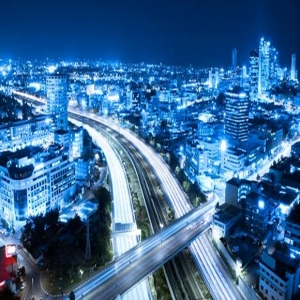- Home
- About Us
- Tel : +91 33 4022 9591
Tel AvivView all the popular packagesOffers
0 Popular Packege(s)
Area 52 Square Kilometers
Population 0.43 Million
Winter Temperature The coldest is January at 13°C (55°F)
Summer Temperature July is the hottest month in Tel Aviv with an average temperature of 26°C (79°F)
Best Time To Visit The best times to visit Tel Aviv are March through April and September through November. Spring and fall mark this city's "sweet" tourism spots, boasting pleasant temperatures and affordable prices. Despite intense heat, most travelers head to Tel Aviv during the summer months, determined to return home with a tan. Between May and August, expect inflated prices. The winter months also see a spike in tourism as travelers from northern countries (particularly in Europe) come to thaw.
BY AIR
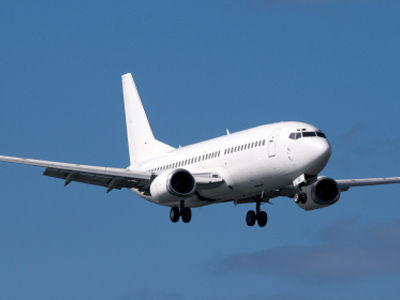
Tel Aviv's (and Israel's) main entry point for the international traveler is Ben Gurion International Airport (referred to by its Hebrew initials Natbag by locals). The airport comprises all the usual amenities expected from a traditional international airport and contains one of the world's largest duty-free shopping malls for an airport of its size. The airport is the hub for a number of airlines, most notably El Al. It's also one of the most secure airports in the world, given its location.
Even though the airport is called TLV it's not actually in Tel Aviv, but rather 15km away in the town of Lod. A further 20 minute drive is needed to get to Tel Aviv. This trip can be done by train, shuttle, or taxi from Ben Gurion airport. There is no bus to Tel Aviv from Ben Gurion.
BY TRAIN

The train offers good connection to many parts of the country, including the city of Tel Aviv, with a single-ride ticket to the city . The station in the airport is not well signed, but ask anyone and they'll point you in the right direction. Access to the station is from Level G in Terminal 3, one level below the arrivals hall. Buy a ticket from the cashier or from an automatic machine, and use it to enter the platform area. Keep the ticket for use to exit the electronic gate at your arrival station. Trains to the stations in the center of Tel Aviv leave from platform 2, heading for Nahariya.
BY CAR

Tel Aviv is the hub of the country's modern network of freeways. The city is easily accessible from Ben Gurion Airport via the Jerusalem-Tel Aviv freeway (freeway 1), from the north by Tel Aviv-Haifa freeway (freeway 2), as well as from Beer-Sheva and the southern parts of the country (freeways 4 and 20). Freeways' speed limit varies between 90km/h and 100km/h. On other intercity roads the limit is 80km/h. On urban roads the default speed limit is 50km/h. The city is divided west-east by the Ayalon Freeway (freeway 20), which is the main artery of the city. It is best to avoid commuter traffic in and out of Tel Aviv and its surrounding cities during rush hours (Sunday to Thursday, 7:00-9:00 and 17:00-19:00); especially to be avoided is the entrance to Tel Aviv via Ayalon Freeway in morning rush hour, as it is one of the most busy freeways in the world. Also, it is important to note that Israeli drivers are considered aggressive in comparison to their Western European or North American counterparts. Signage is is in English, Hebrew and Arabic. Navigation is difficult without GPS, and parking is expensive and scarce. If possible, avoid using a private car in Tel Aviv and use public transportation.
Masada & Dead Sea

Walk through the extensive Roman-era ruins at Masada, then go floating on the therapeutic waters at the lowest point on the surface of the Earth. See the Qumran Caves and learn about the history of the Dead Sea Scrolls on your day-long tour from modern Israel back through 2,000 years of history.
Journey out of Tel Aviv, then call in at the famous Ahava cosmetics shop and browse the products on display. Continue on towards Masada and ride the cable car up to King Herod's former fortress at the summit. Take in the view of the Judaean Desert as your guide points out archaeological remains including palaces, a synagogue, mosaic floors and Roman baths.
Next, travel back to the banks of the Dead Sea for a chance to swim or float in the salty water nearly 450 metres (1,500 feet) below sea level. Learn about the extensive health research occurring in the region and the waters' reported therapeutic power, and see if you begin to feel the benefit.
Bethlehem & Jericho Full-Day Tour
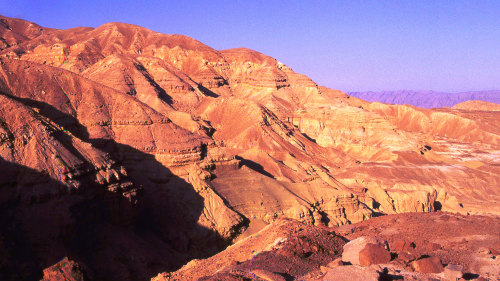
Learn about the popular religious sites of historic Bethlehem and Jericho. Visit the biblical location of Jesus' birth and see the Church of the Nativity in Manger Square, a hub of religious activities in the city. Then, explore the magnificent walled city of Jericho, reputed to be the world's oldest inhabited city.
People from multiple religions flock to Bethlehem from all over the world to worship or just to visit the city's Manger Square, where Jesus is said to have been born. Here, you see the beautiful Mosque of Omar, and the Church of the Nativity.
When you leave Bethlehem, make a stop at the Shepherds' Fields. Here, according to the Bible, shepherds kept watch over their flock during the time when Jesus was born.
Next, head through the Judaean Desert to Jericho. The city has been inhabited continuously for longer than any other on Earth, probably due to its copious springs and lush vegetation.
Stop at the sycamore fig that is thought to be the site of Zacchaeus' biblical meeting with Jesus. From there, look out at the Mount of Temptation and the Mount of Ancient Jericho, where 25 ancient cities were uncovered dating back more than 11,000 years.
Azrieli mall
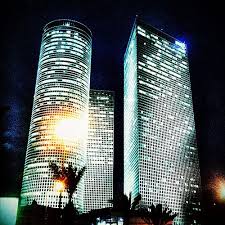
Azrieli Center, Derech Menachem Begin 132, Tel Aviv-Yafo, Israel
Phone:+972 3-608-1199
Opera Tower
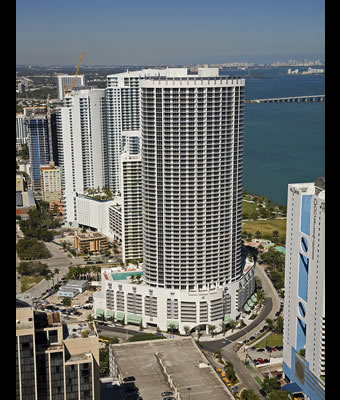
Tel Aviv-Yafo, Israel
Phone:+972 3-510-7496
Dizengoff Center Mall
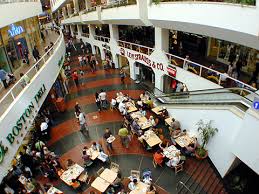
Dizengoff St 50, Tel Aviv-Yafo, 64332, Israel
Phone:+972 3-621-2400
Gan Hair
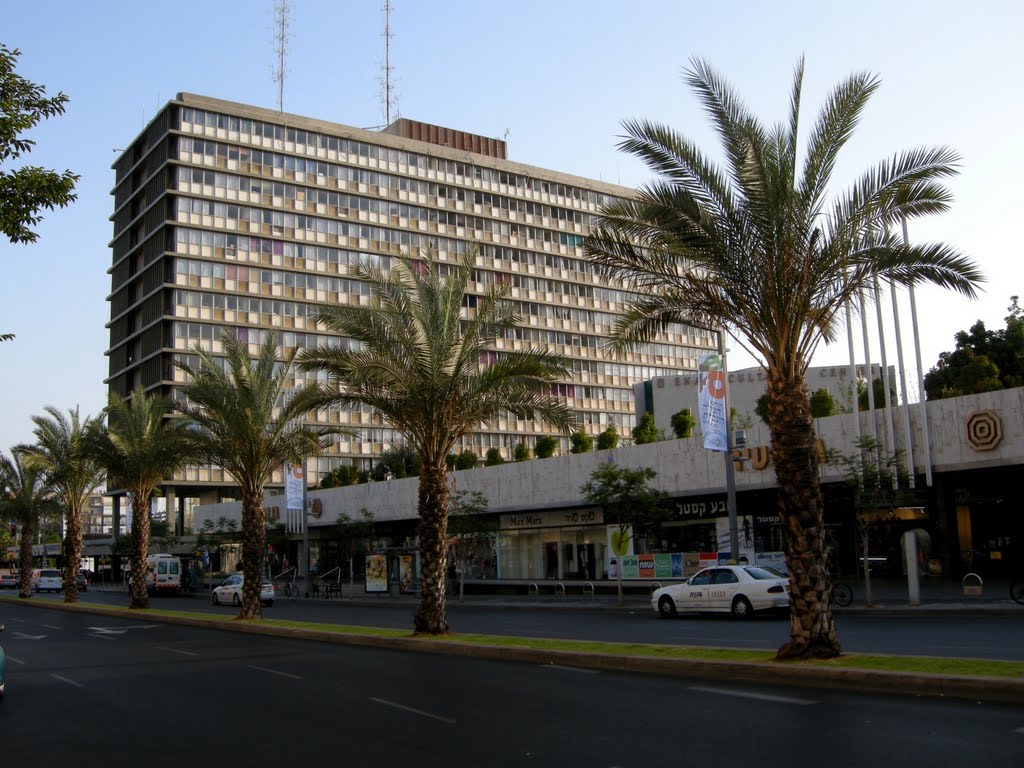
Ibn Gabirol St 71, Tel Aviv-Yafo, Israel
Phone:+972 3-527-9111
Messa
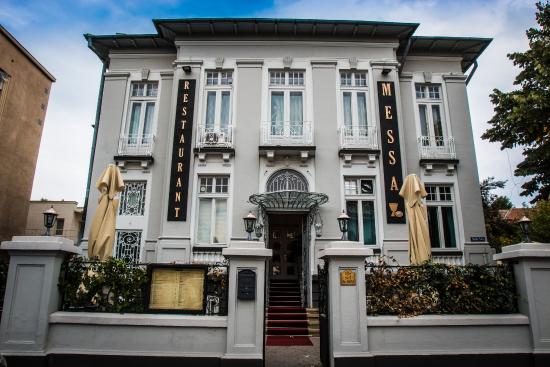
Tel Aviv-Yafo, Israel
Phone:+972 3-685-6859
Kitchen Market

Tel Aviv-Yafo, 63506, Israel
Phone:+972 3-544-6669
La Shuk

Dizengoff St 92, Tel Aviv-Yafo, Israel
Phone:+972 3-603-3117

